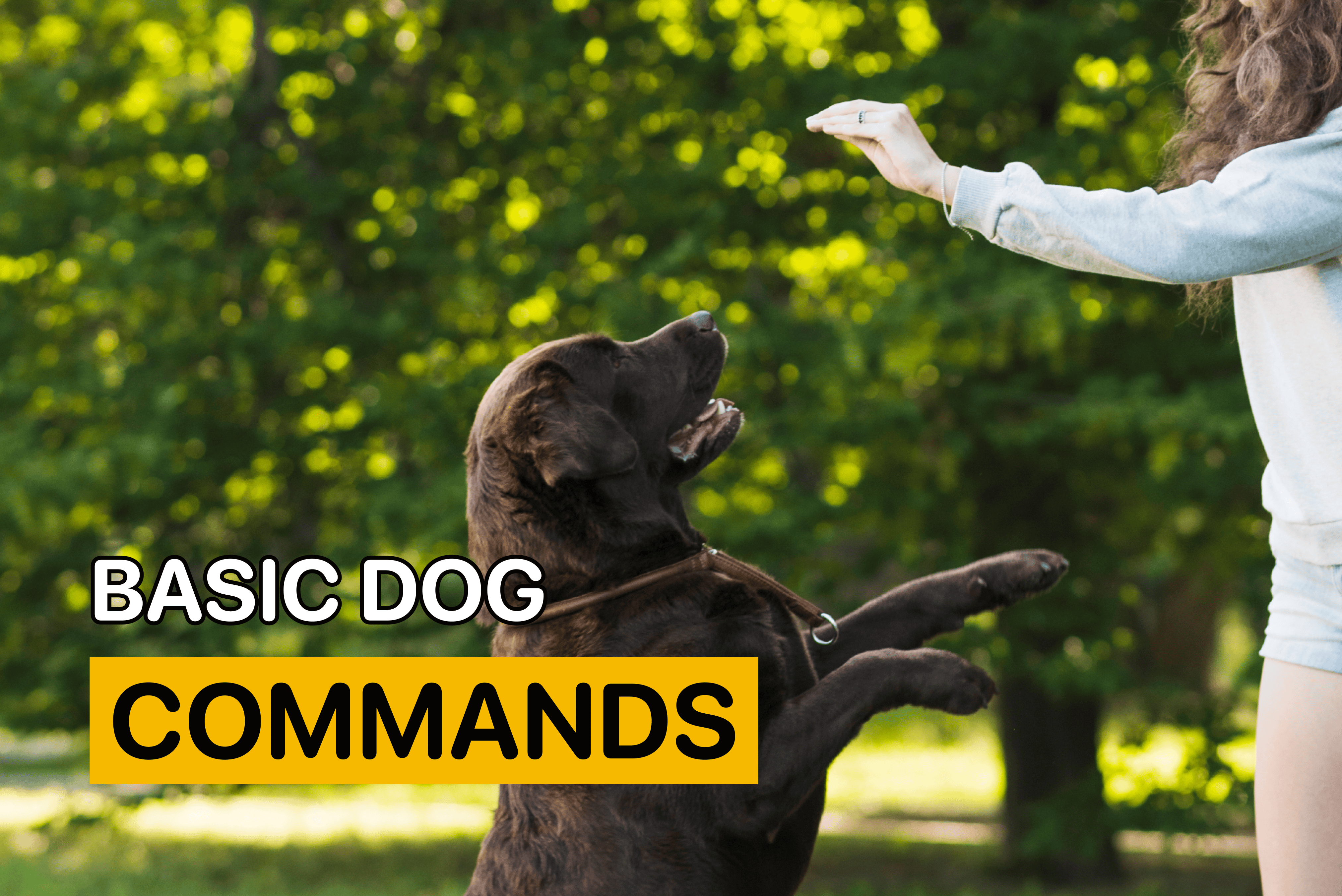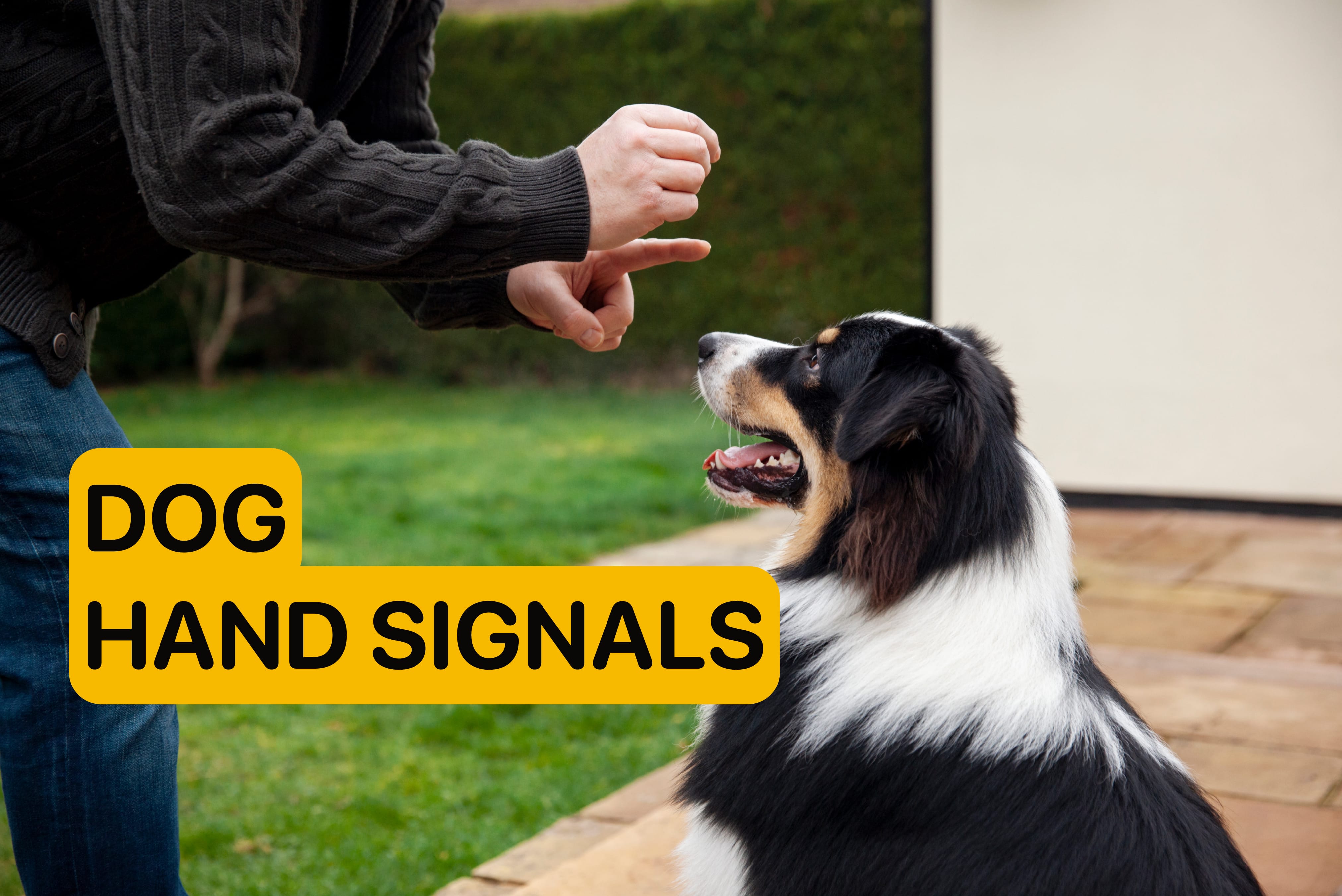How to Train Your Dog to Sit?

By
Woofz Team Updated on |Reviewed by Annie-Mae Levy
Sitting upon your verbal command is one of the fundamental behaviors you will introduce your fluffy pal to. Though some owners may view this command as a simple trick for entertainment, training your dog to sit brings numerous practical advantages. It helps your dog stay focused on you, teaches them basic obedience, and serves as a foundation for learning other commands.
Learning to sit is generally easy for most dogs. But some owners struggle to teach their canine companions to sit still. If you’re wondering how to teach your dog to sit effectively, we are here to help!
Why Should You Train a Dog to Sit?
Before we discuss how to train your dog to sit, we must discuss why the command is essential to a dog training program. After all, understanding the importance of training a new behavior will help you stay motivated and help your dog master the skill along the way.
Reason 1. Safety
Keeping a dog seated at times can be crucial for their safety. If your dog knows how to sit on command, it can help you avoid dangerous situations like running away on a busy street. It can also be beneficial when you need to leave your pet waiting on the side of the road for a short period.
Reason 2. Good Manners
Not all people like dogs that jump on them or sniff their clothes. If you plan to take your pup to a public place or invite guests to your house, you must teach them to sit upon your verbal cue. It will help you avoid socially awkward or embarrassing moments.
Reason 3. Future Training
If you know how to teach your dog to sit, you can keep training them with other tricks and commands, such as shaking hands, lying down, staying, or rolling over.
Train with Commands Bootcamp!
Check out Bootcamp commands from Woofz - an intense training program developed by certified dog trainers!
Try now!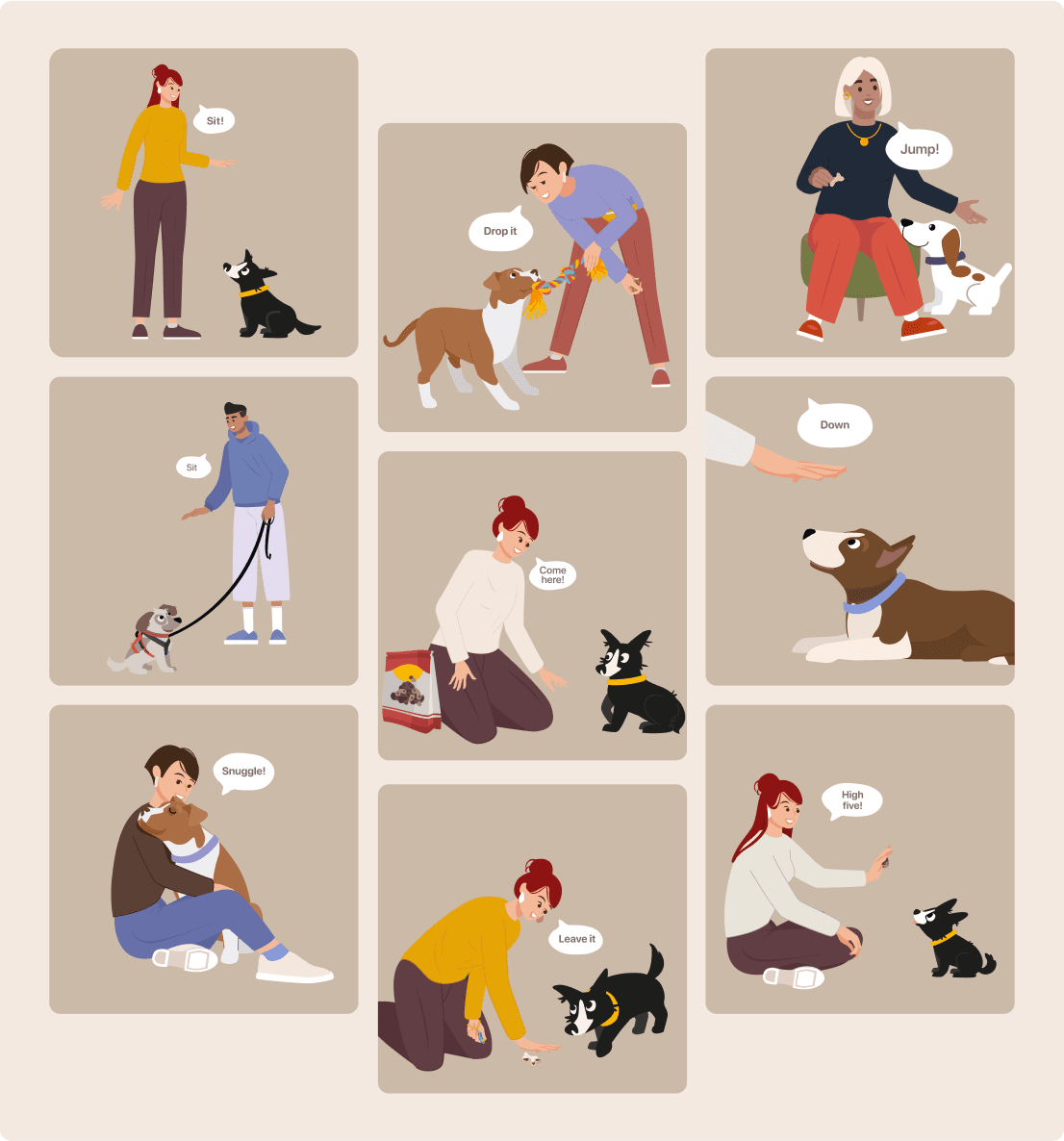
What Do You Need to Train Your Dog to Sit
To start the training process of teaching your dog a “sit” command, you need:
- Your dog’s favorite treats
- A clicker (if you wish to use it instead of a verbal marker)
- A comfortable, quiet room with no distractions
- Enthusiasm, patience, and time
5 Practical Steps How to Train Your Dog to Sit
We suggest using the lure and reward training method to help your pet learn how to sit still. Make sure you start the training process in a distraction-free environment. Here are the steps on how to teach your dog to sit:
-
Get your dog standing and hold a treat in front of their nose.
-
Keep holding the treat near their nose and slowly move it over the head to the dog’s rear. The dog should lift their head and follow the treat with their nose. Eventually, the dog will sit down.
-
When your dog’s back end touches the ground, say “Yes!” (or click) and immediately reward them.
-
Make your dog stand again and repeat the trick several times. If the dog refuses to sit, you can take a step toward the pet, then take a step back and forward again. Remember to keep your hand in the same position.
-
Finally, pair a hand signal with a verbal command “sit.” After a while, your dog will start sitting upon a verbal command only.
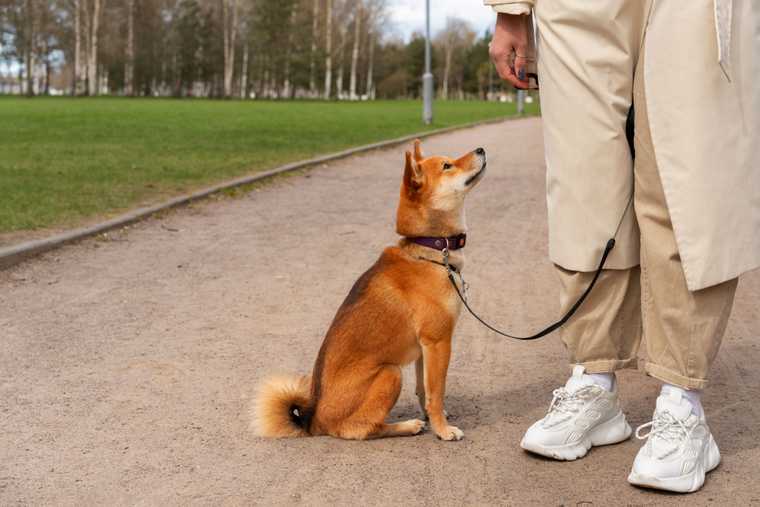
More Tips on How to Train a Dog to Sit
- Don’t push down on your dog’s hind end. It can scare or confuse them.
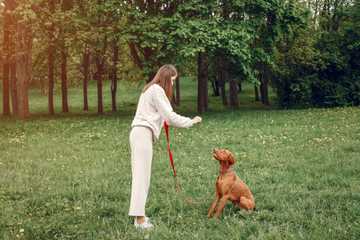
- At the beginning of the training process, remember to consistently treat your dog when they follow the command. This provides much-needed positive reinforcement.
- If your dog struggles to learn the command from a standing position, let your dog lie down instead. Use the same technique of luring a dog with a treat, but this time, start with your dog lying on the ground and move the treat up above the dog’s head to make them sit down.
- When your dog sits down, praise the behavior and encourage it with a treat. Your dog will start sitting on their own to earn a treat.
Bottom Line
Teaching your dog to sit is essential for keeping your pets safe, helping them socialize with other people and animals, and learning other commands. Use the treat-and-reward technique to help your dog master the command. Remember to consistently rely on positive reinforcement and practice the trick to achieve better results.
